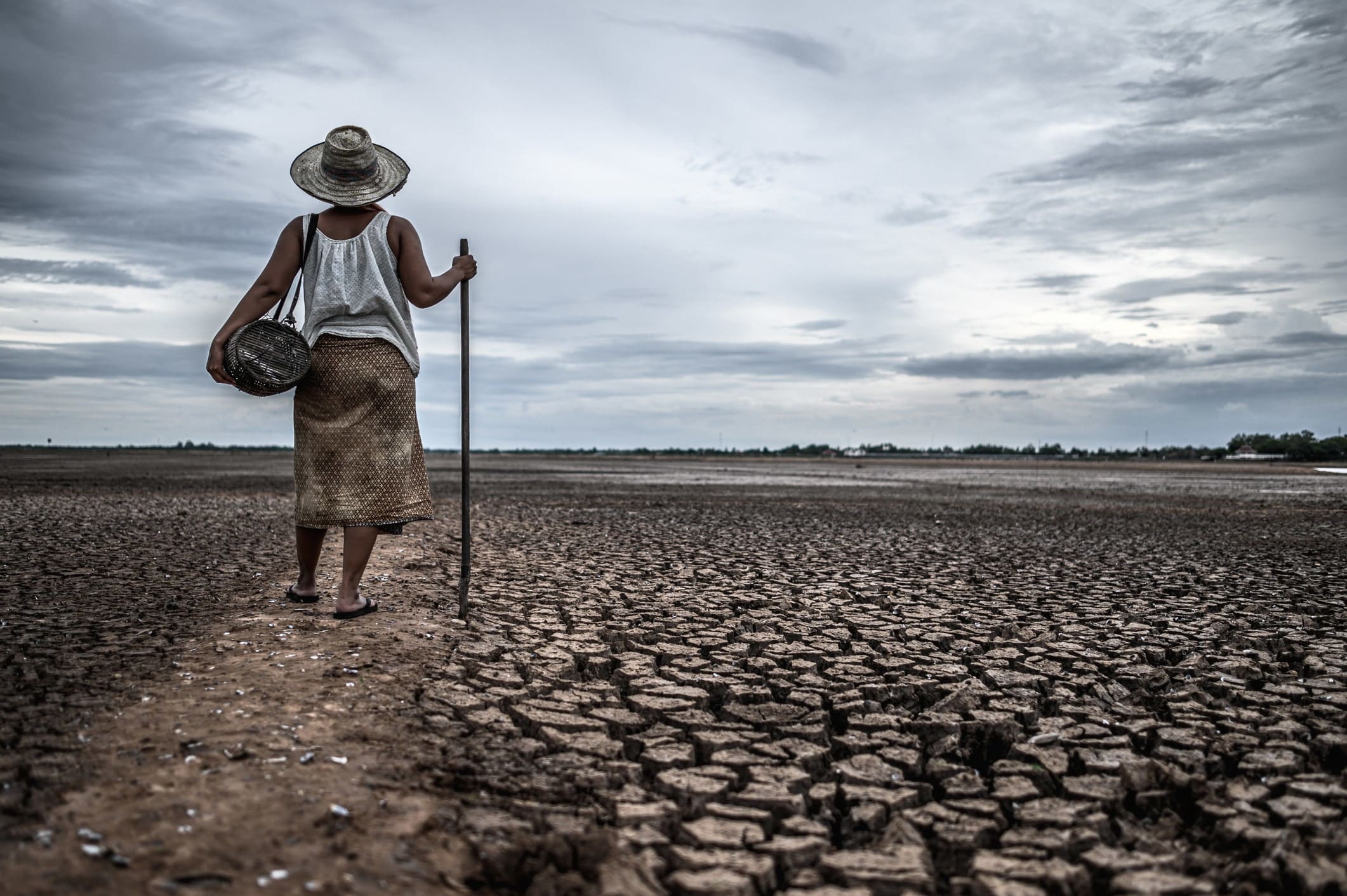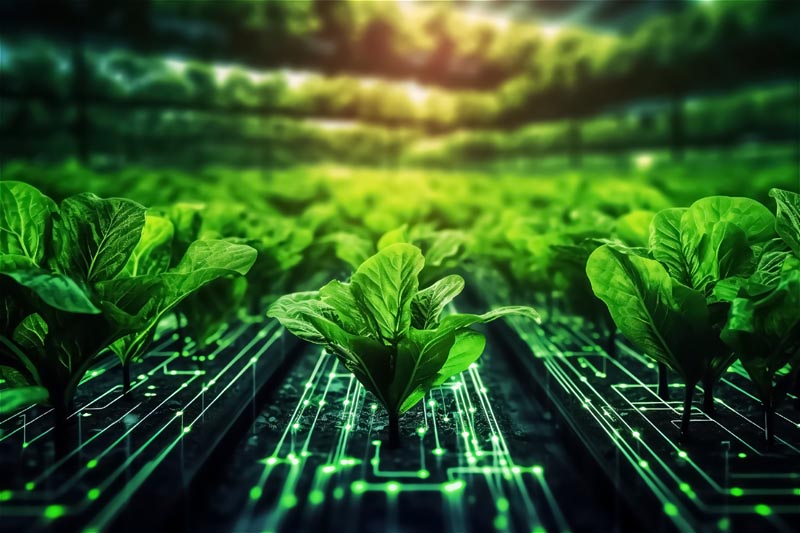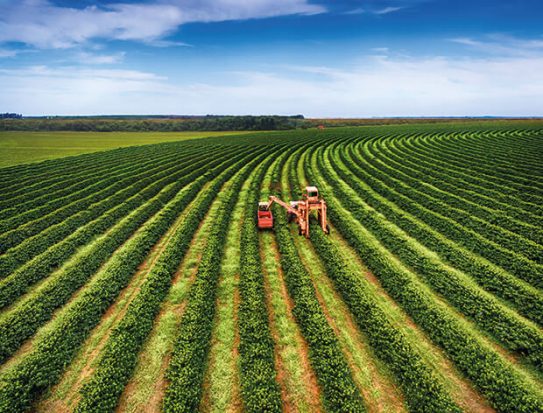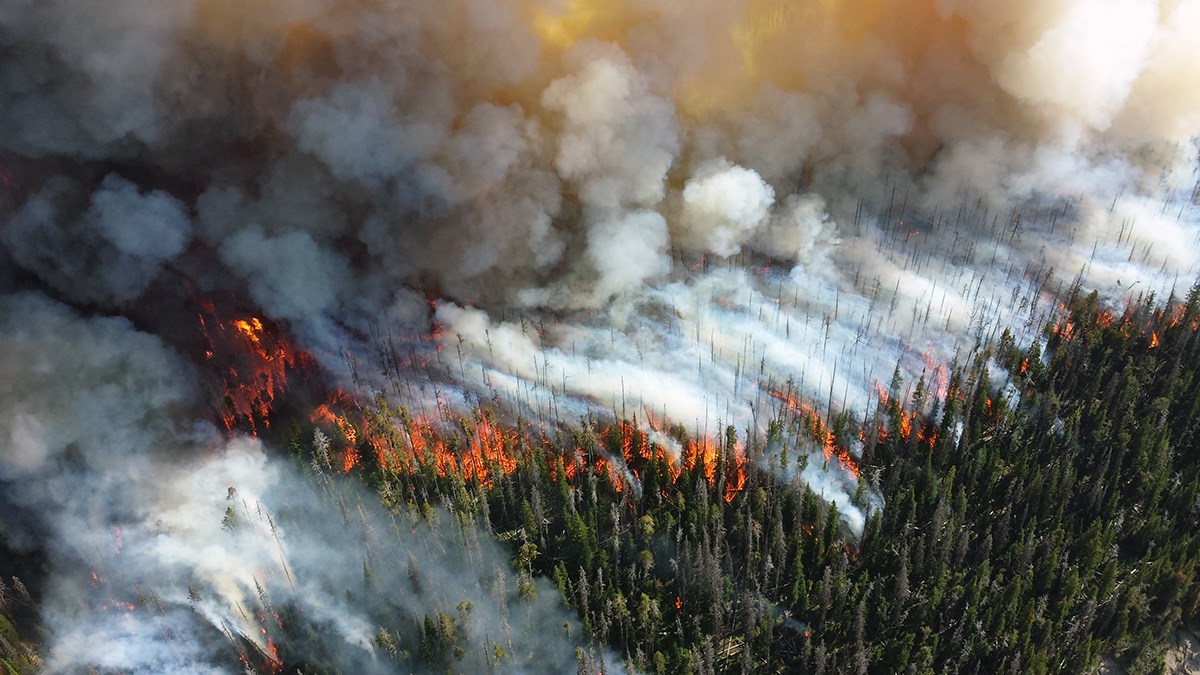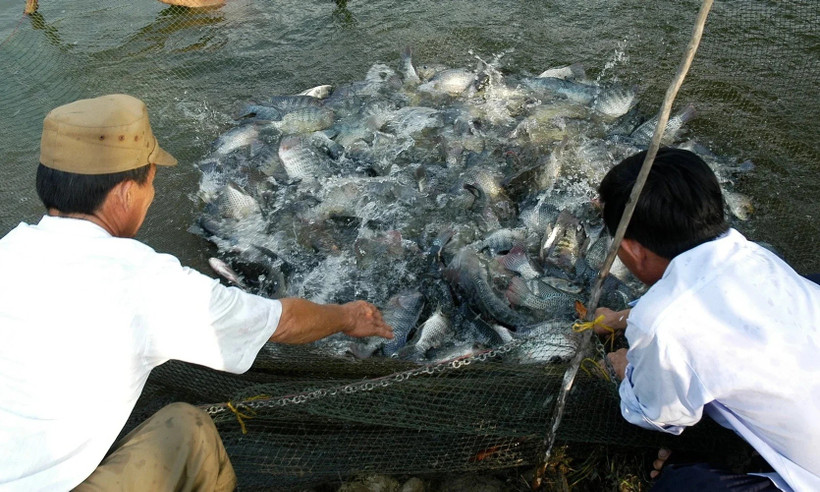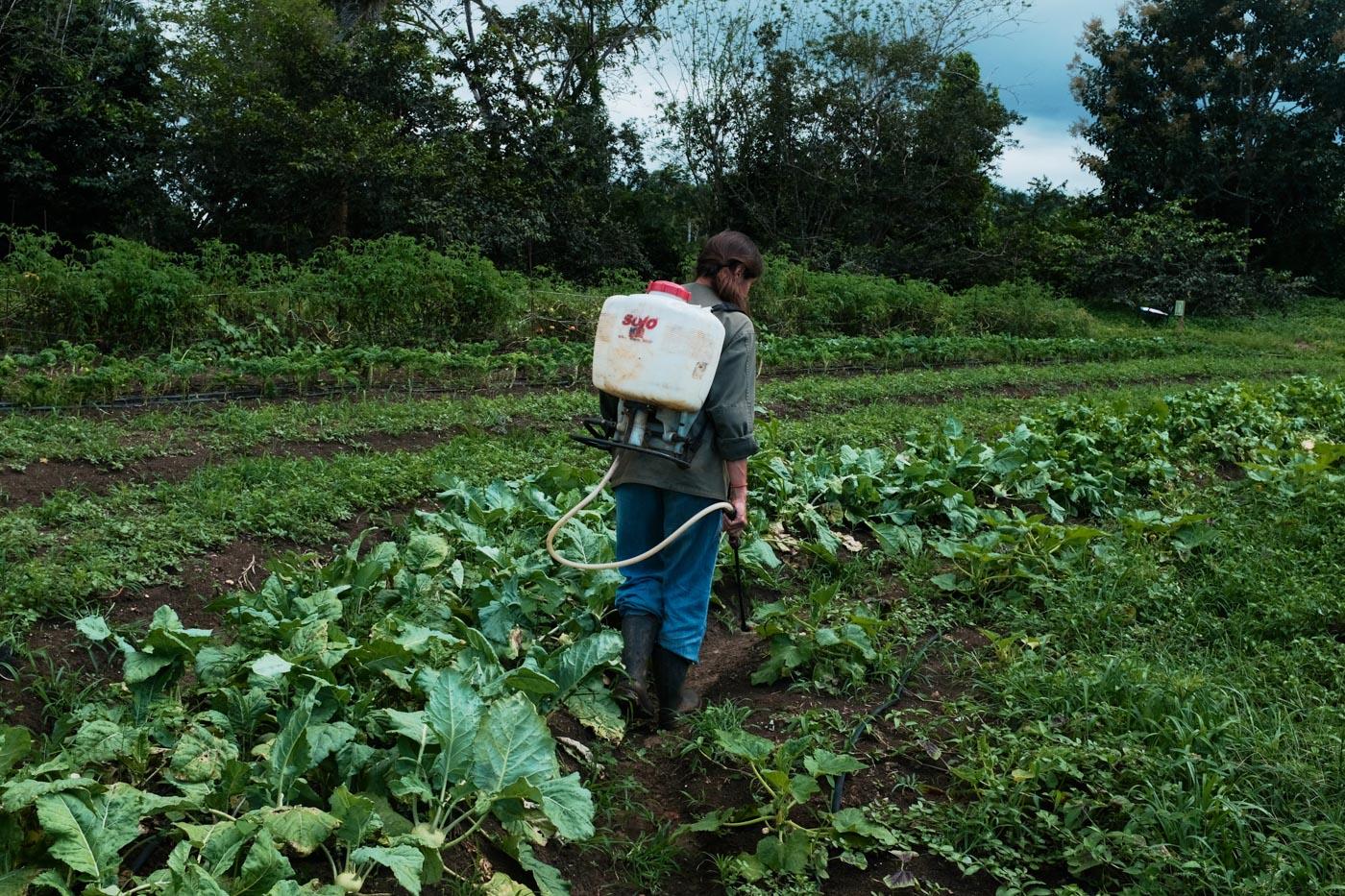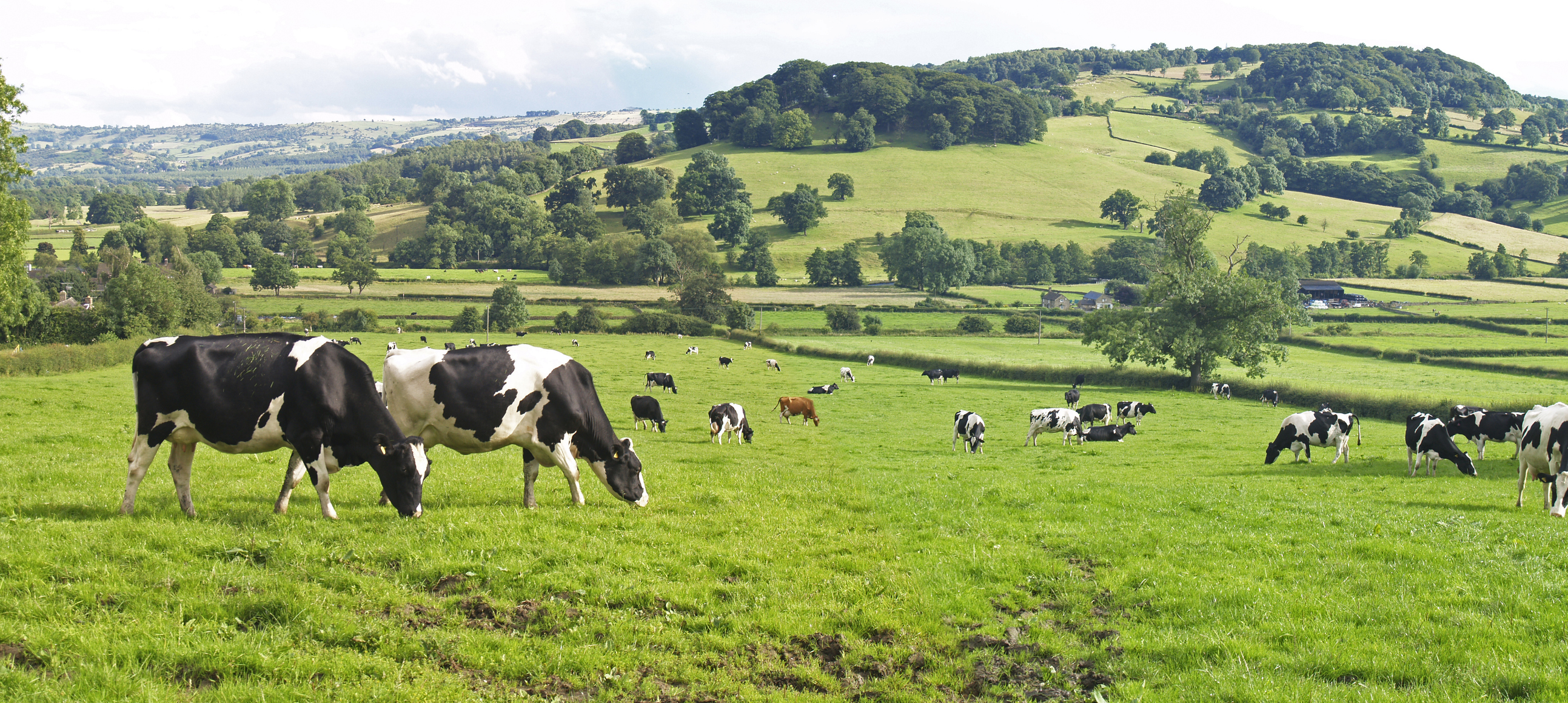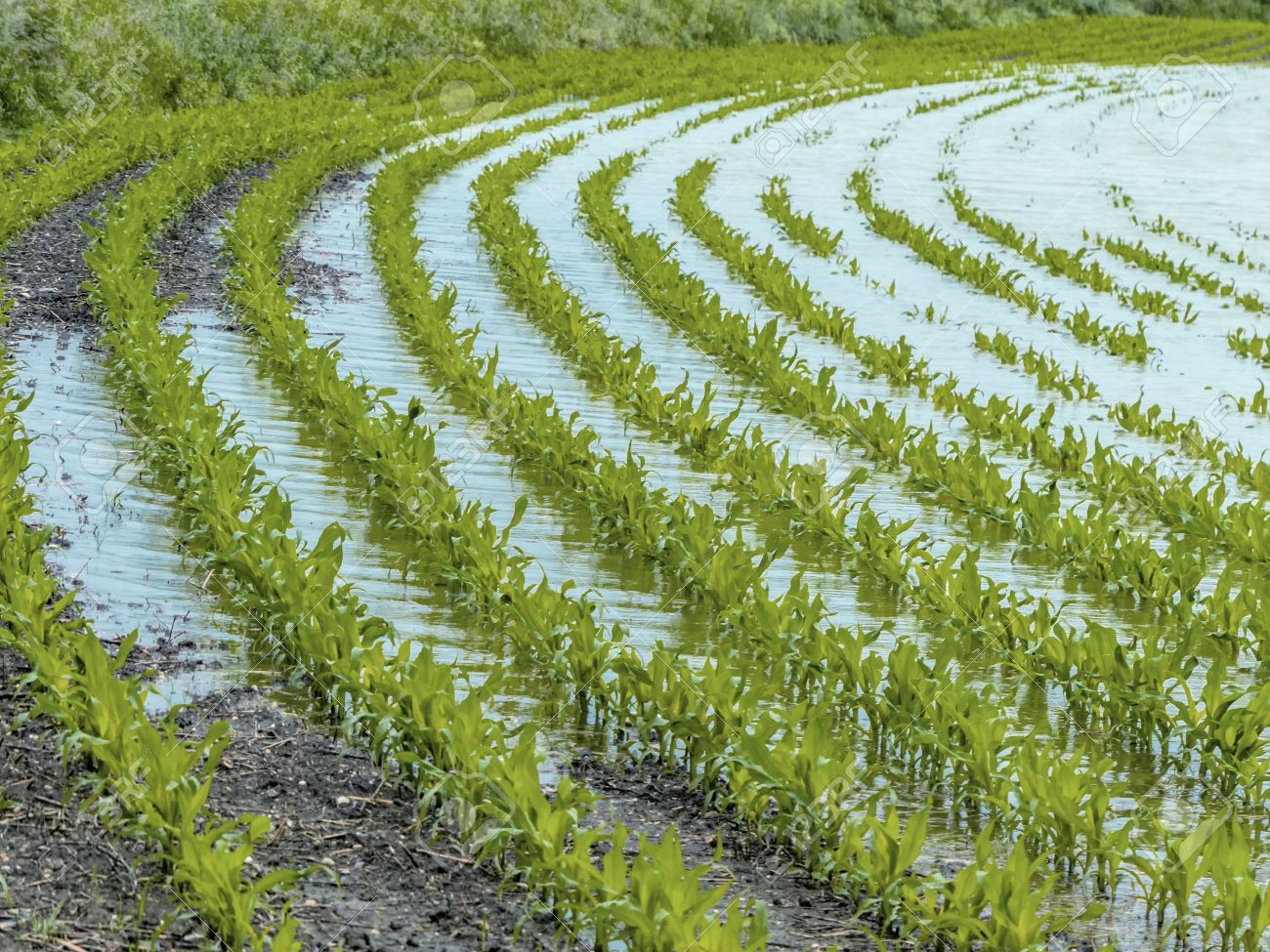Millions of people across Southern Africa are facing severe hunger, loss of livelihood, and displacement as a drought has engulfed large parts of the region.
The climate crisis has exacerbated the impacts of what is otherwise the naturally occuring El Niño weather phenomenon (a warming of the surface of the eastern Pacific ocean) — the result being the driest conditions in the region in over four decades and widespread crop failures in countries including Zambia, Zimbabwe, and Botswana.
According to the UN World Food Programme (WFP), 18 million people in Angola, Botswana, Swaziland, Lesotho, Namibia, Madagascar, Mozambique, Zambia and Zimbabwe are facing ‘Crisis’ levels of food insecurity (Phase 3+ of the Integrated Food Security Phase Classification that measures acute hunger).
22% of Malawi’s population was projected to face crisis levels of hunger between October 2023 and March 2024. According to WFP, the compounded result of tropical storms and cyclones in preceding years have pushed 40% of the country into hunger.
On March 23, President Lazarus Chakwera declared a State of Disaster in 23 of the country’s 28 districts, with 44% of total national crop area affected by El Niño conditions.
On February 29, Zambian president Hakainde Hichilema had declared the drought in the country, the worst in over two decades, a national disaster, with 84 of the country’s 116 districts affected. One million hectares, or nearly half of the total area planted with the staple food maize, has been been impacted, with rains failing for seven weeks at a time. One million farming households have been affected.
On April 3, Zimbabwe became the third country in the region to proclaim the drought a national disaster, with President Emmerson Mnangagwa stating that 80% of the country had received poor rains. 2.7 million people are expected to face hunger this year, with half of the harvest of maize destroyed due to low rainfall. The country has also recorded over 9,800 cattle deaths.
“In some places we recorded above normal rain, in region four for instance, there 408mm of rainfall. However, what mattered most was the distribution — almost 80% of the rainfall was recorded in December and the rest of the months were quite dry, especially after January, when we recorded only 71mm of rainfall. By the middle of March, there was only about 16mm of rain, at which point most of the crops were at the stage of wilting.” Nelson Mudzingwa, the National Coordinator of the Zimbabwe Smallholder Organic Farmers’ Forum (ZIMSOFF) told Peoples Dispatch.
“Regions II, III, IV, and V were quite dry, it was almost like a maize catastrophe this season. However, traditional crops such as sorghum, millets, round nuts, sunflower, sesame, and to some extent ground nuts and cowpeas managed to survive in some areas. Ultimately, the lean season is going to extend perhaps by 100% the number of months that people will be in need of food.”
Access to cereals would be more difficult, Mudzingwa added, given the continuation of the colonial monoculture pattern of farming dominated by production of maize, which ended up being the hardest-hit by the current drought.
Impact on smallholder farmers
In a region where 70% of the population is dependent on agriculture, the impact of the drought has been particularly severe for smallholder farmers. In Zambia, over six million people belonging to farming families, or 30% of the country’s population, are facing acute food shortages and malnutrition, Oxfam International has said.
Zambia’s 1.5 million smallholder farmers produce 90% of the country’s food. 80% of Malawi’s food is similarly produced by smallholder farmers.
Massive losses of crop area have forced governments to seek food imports which has in turn pushed up food prices. In Malawi, food price inflation has reached 44.9%. The price of maize has soared by 80% compared to the previous year, and 250% over the five-year average. In Zambia, which is a major exporter of maize, prices have increased by 45%.
In Zimbabwe, the local quasi-currency, the Zimbabwean dollar (ZWL), lost 50% of its value against the US dollar in January 2024. This reportedly prompted a shocking 600% rise in the cost of living, with food inflation surging to 60.3%. The currency has since taken a further plunge, falling by 73%. The government has announced a waiver on import duties for maize, rice, and cooking oil starting in July.
Lower harvests coupled with rising food prices has implications for nutritional security, especially for groups already vulnerable to food poverty. An estimated 21 million children under the age of five, or every one in three children, in the Southern African Development Community (SADC) region are already stunted, according to the Joint Child Malnutrition Estimates released in 2023.
An estimated 3.5 million children require nutrition treatment services, of whom over 920,000 will require treatment for severe malnutrition in countries including Zambia, Zimbabwe, Malawi, Lesotho, and others in the broader region, including the Democratic Republic of Congo (DRC).
Flooding and water scarcity pose serious concerns not just for food security, but for the spread of deadly diseases including cholera, especially against the backdrop of deadly outbreaks in countries including Zambia and Malawi.
In Zimbabwe, the current drought has also led to water scarcity, not only causing disruptions in the supply of hydropower-dependent electricity nationally, but even posing challenges for farmers at the local level.
The present El Niño event, which began in June 2023 and had peaked towards the end of the year, is the fifth strongest ever recorded, peaking at 2°C above the 1991 to 2020 average sea surface temperature for the eastern and central tropical Pacific Ocean.
The previous event in 2015-16 had marked the worst drought in Southern Africa in 35 years, with 23 million people facing severe hunger.
However, while El Niño has contributed to record temperatures, with 2023 being the warmest year on record, “heat-trapping greenhouse gasses are unequivocally the main culprit,” said Celeste Saulo, the head of the World Meteorological Organization (WMO).
Recurring disasters
Despite having a negligible role in the historical and ongoing emission of greenhouse gasses, the African continent — and broadly, Global South— has continued to bear a disproportionate brunt of its impact, with communities on the frontlines already suffering some of its worst impacts including hunger, displacement, and death.
What has emerged is a situation of recurrent climate disasters, leaving countries with no time to recover. 2024 will mark the fourth consecutive year that Malawi has had to declare a state of disaster due to a climate event, Oxfam has highlighted. Neighboring Mozambique, a country responsible for 0.2% of global greenhouse gas emissions, has faced twenty cyclones and tropical storms since 2018 alone.
“As long as rich countries don’t lower their carbon emissions, we know that climate shocks will be frequent and more severe. Smallholder farmers need to be insulated from this and must be adequately supported to transform their agriculture so that they can still grow food for their families amidst this climate change reality,” said Oxfam’s Southern Africa Programme Director Machina Marongwe
“Sadly, they are not getting support to solve problems they didn’t cause, none is coming their way because rich nations are offering nothing but lip service. Countries like Zambia and many others in Southern Africa need this climate financing to help them build up the resilience of their smallholder farmers, because that is wearing out.”
“We lost much of the water that we had saved…However, we are not going to lose all our yields. We expect to harvest sesame, pill millet, rapoko and round nuts those crops survived for farmers who had managed to harvest water, but there is still a huge missing link as far as issues of climate change which is right at our doorsteps and is causing havoc in our communities,” Mudzingwa said.
“Smallholder farmers are shifting towards agroecology, we see the indicators, we are suffering from climate change. Farmers are taking initiative at the local level to respond to these changes, be it through water harvesting, soil fertility management so it can withstand harsh conditions and retain moisture, and building up local seed systems,” he added.
It has been difficult for farmers to purchase new seeds every season, seeds that were not acclimatized to the local environment, which failed to meet nutritional requirements, which required fertilizers and other inputs that farmers may not be able to afford to purchase.
“These hybrid seeds usually suffer, so now smallholder farmers are working towards diversity, growing different crops based on climate and soil conditions. This is not often not recorded, there is a lot of emphasis on maize,” Mudzingwa said.
“80% of the food crops in the country are produced by smallholder farmers. We grow lots of different types of food crops instead of cash crops because we believe that we have to be able to feed ourselves. Our effort has been to produce as much food as possible, to store it in our granaries, such that we reduce the impact of the lean season and be able to sustain our families.”
For decades, the most vulnerable communities in the Global South have been demanding reparations from the Global North for the historical and ongoing harms of colonialism, capitalism, and imperialism that have driven the climate crisis. While the Global North has already tried to systematically derail negotiations around Loss and Damage, experts have warned that even supposed climate financing promises must not serve as new avenues for extraction.
The ability of countries to be able to respond to climate shocks is also constrained by economic conditions that are imposed upon them by the existing western-dominated international financial architecture. Not only have countries like Zambia faced mounting debts, negotiations for relief have involved the International Monetary Fund (IMF) which has insisted on failed policies of austerity such as subsidy cuts, including to the country’s smallholder farmers.
Not only do debts inhibit the ability of countries to divert funds towards recovery, or to meet urgent needs in times of climate disasters, these events in themselves generate huge amounts of debt. Meanwhile, the majority of climate financing that has been provided is itself in the form of loans.
In the case of Zimbabwe, the economic and life-threatening challenges that now face the country have to be placed in the context of the decades-long suffocation of Zimbabwe’s economy by crushing and illegal sanctions imposed upon it by the US, in retaliation for a revolutionary land reform program in 2001.
In early March, the US lifted some of the sanctions that had been in place since the 2000s, while imposing fresh sanctions on President Mnangagwa and other senior government officials.
President Mnangagwa has stated that the country will need USD two billion in aid to address widespread hunger amid the drought. After being cut off from the international financial system for two decades, Zimbabwe is facing mounting debts, the majority of which are arrears, with the IMF refusing to provide assistance while pushing the country to implement neoliberal reforms.
Source - https://peoplesdispatch.org


